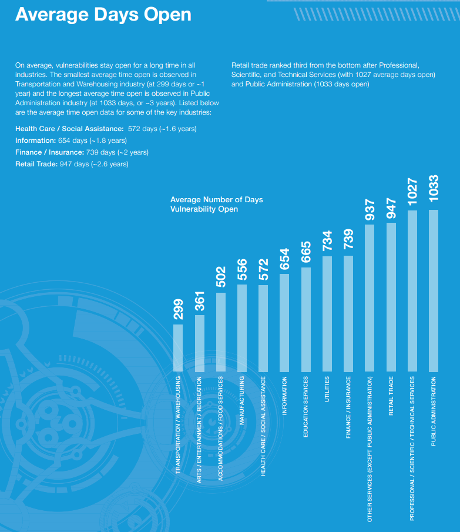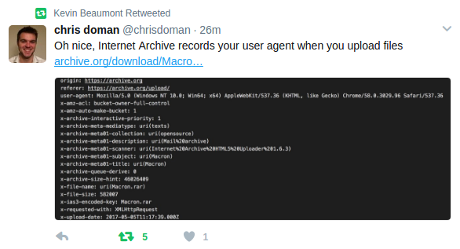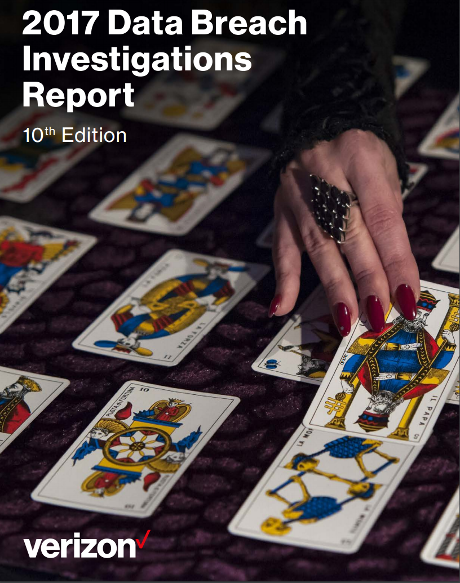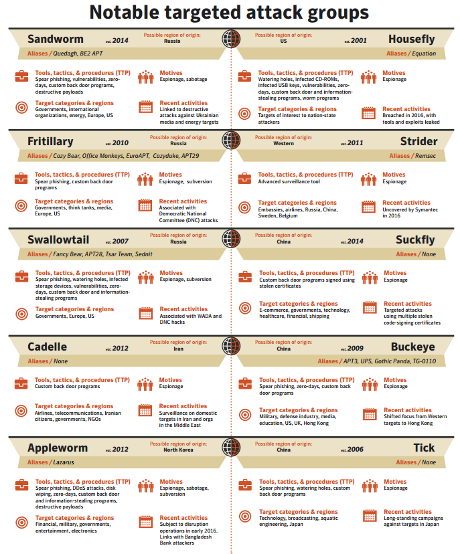Shadow Brokers:
I read your post OH LORDY! Comey Wanna Cry Edition outlining your plans for:
In June, TheShadowBrokers is announcing “TheShadowBrokers Data Dump of the Month” service. TheShadowBrokers is launching new monthly subscription model. Is being like wine of month club. Each month peoples can be paying membership fee, then getting members only data dump each month. What members doing with data after is up to members.
TheShadowBrokers Monthly Data Dump could be being:
- web browser, router, handset exploits and tools
- select items from newer Ops Disks, including newer exploits for Windows 10
- compromised network data from more SWIFT providers and Central banks
- compromised network data from Russian, Chinese, Iranian, or North Korean nukes and missile programs
More details in June.
OR IF RESPONSIBLE PARTY IS BUYING ALL LOST DATA BEFORE IT IS BEING SOLD TO THEPEOPLES THEN THESHADOWBROKERS WILL HAVE NO MORE FINANCIAL INCENTIVES TO BE TAKING CONTINUED RISKS OF OPERATIONS AND WILL GO DARK PERMANENTLY YOU HAVING OUR PUBLIC BITCOIN ADDRESS
… (emphasis in original)
I don’t know your background in subscription marketing but I don’t see Shadow Brokers as meeting the criteria for a successful subscription business. 9 Keys to Building a Successful Subscription Business.
Unless you want to get into a vulnerability as commodity business, with its attendant needs for a large subscriber base, advertising, tech support, etc., with every service layer adding more exposure, I just don’t see it. The risk of exposure is too great and the investment before profit too large.
I don’t feel much better about a bulk purchase from a major government or spy agency. The likely buyers already have the same or similar data so don’t have an acquisition motive.
Moreover, likely buyers don’t trust the Shadow Brokers. As a one time seller, Shadow Brokers could collect for the “lost data” and then release it for free in the wild.
You say that isn’t the plan of Shadow Brokers, but likely buyers are untrustworthy and expect the worst of others.
If I’m right and traditional subscription and/or direct sales models aren’t likely to work, that doesn’t mean that a sale of the “lost data” is impossible.
Consider the Wikileak strategy with the the Podesta emails.
The Podesta emails were replete with office chatter, backbiting remarks, and other trivia.
Despite the lack of intrinsic value, their importance was magnified by the release of small chunks of texts, each of which might include something important.
With each release, main stream media outlets such as the New York Times, the Washington Post, and others went into a frenzy of coverage.
That was non-technical data so a similar strategy with “lost data” will require supplemental, explanatory materials for the press.
Dumping one or two tasty morsels every Friday, for example, will extend media coverage, not to mention building public outrage that could, no guarantees, force one or more governments to pony up for the “lost data.”
Hard to say unless you try.
PS: For anyone who thinks this post runs afoul of “aiding hackers” prohibitions, you have failed to consider the most likely alternate identity of Shadow Brokers, that of the NSA itself.
Ask yourself:
Who wants real time surveillance of all networks? (NSA)
What will drive acceptance of real time surveillance of all networks? (Hint, ongoing and widespread data breaches.)
Who wants to drive adoption of Windows 10? (Assuming NSA agents wrote backdoors into the 50 to 60 million lines of code in Windows 10.)
Would a government that routinely assassinates people and overthrows other governments hesitate to put ringers to work at Microsoft? Or other companies?
Is suborning software verboten? (Your naiveté is shocking.)





